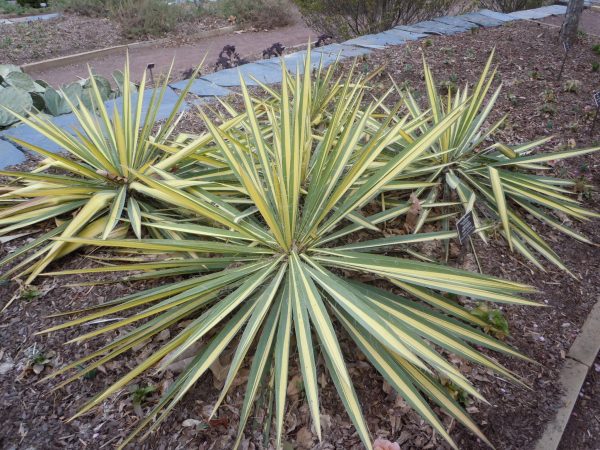Refreshing Soil Of Large Potted Shrubs
Q: I live in a condo with a large patio and have five large pots with two-foot-tall shrubs in them. What should I do about refreshing the soil? It would be hard to get them out without damaging the roots. How often should I do this?
A: If you intend to keep the shrubs at their current size in the pots, you will need to refresh the soil and root system every two years. The best time to do this is in mid to late winter, while your plants are not growing vigorously. Don’t worry about damaging the roots as you pull a plant out of its pot. Once it’s out, use sharp shears to remove the outer inch of the entire root ball. This will seem extreme, but bonsai hobbyists do this process regularly and your potted shrubs are simply larger forms of miniature bonsai. When the outer roots have been removed, use a strong stream of water to wash all of the soil away from the roots. It is important to remove all of the soil because you want to see the big roots in the center of the root ball. If you find any roots larger than your finger, clip them back to an inch or two from their origin. This leaves a short stub, which will generate lots of fine feeder roots. These small roots are what absorb moisture and nutrients; that’s why you want lots of them but not many big roots. Remove any roots that are kinked or bent.
Now comes the repotting. Place enough high quality potting soil in the pot to support the shrub high enough that the top roots will barely be covered when the pot is filled. Scoop potting soil around the root ball. Try to work the soil into the root ball as you go. Tap the side of the pot with a wooden block occasionally to settle the soil. Continue filling until you cover the top roots. Soak the pot with water and allow it to drain. Add more soil if the potting soil has subsided.
The job is finished! Now you can work on your remaining shrubs.
I know this seems like a lot of work, and it is. But you will be rewarded with healthy, densely foliaged shrubs that will resist pest damage and will be less likely to suffer from drought.
















